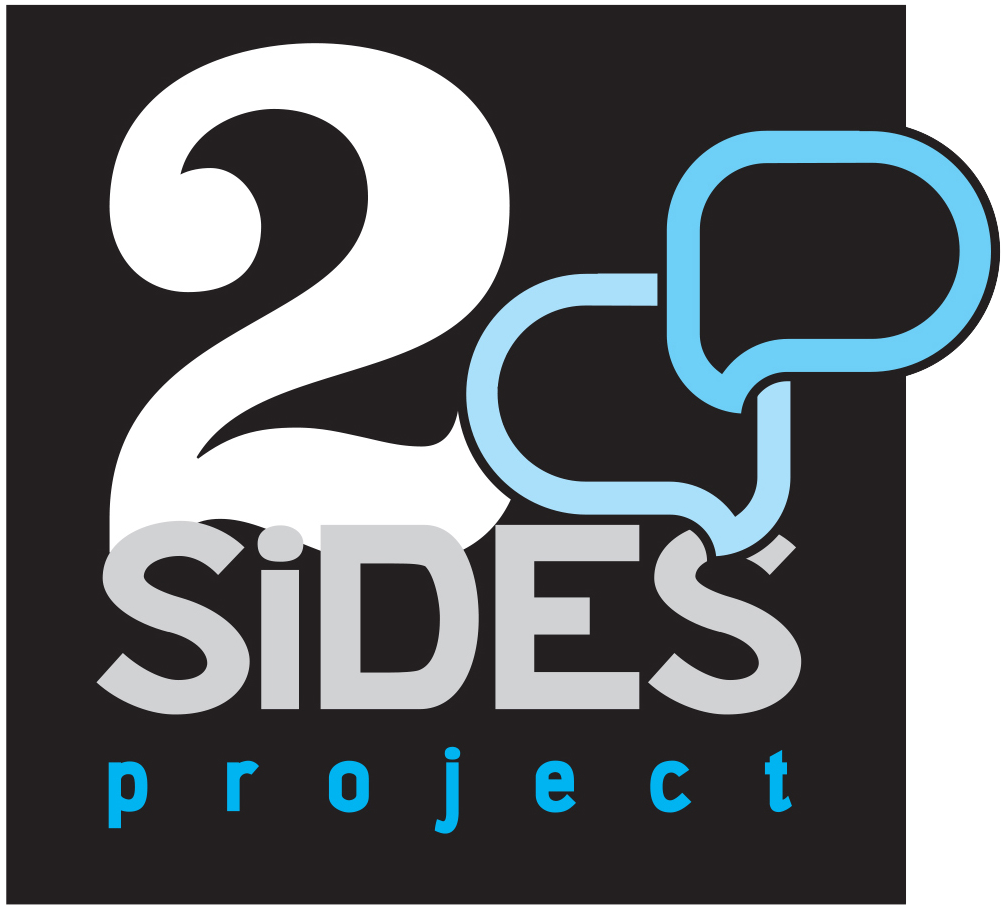Patty Loew's father, HM1 Jack Young, was killed near Da Nang on March 11, 1969. Patty was just two years old. The only memories she has of her father are from her siblings and her mother.
We went on foot to Patty’s father’s site, hiking up an old dirt road until we reached a point that overlooked the sprawling city and the long, smooth curve of China Beach. We stood in the spot where Mr. Young’s hospital unit had been based. We knew it was the place because the gates were still there. The paint had peeled away, but ivy, wrapped around the pillars, still flourished.
Just one hour earlier we had met with three daughters from Da Nang. Their fathers had been killed in the war too, fighting for the other side. When they spoke to us, they addressed their comments to Patty. They knew she was the daughter whose father had been killed in their home city. They wanted her to know that they were especially sad for her.
On this day, 47 years on, Patty and photographer Anthony Istrico share their thoughts about the visit. You’ll get the full story about this site visit and the 2 Sides Project trip in a documentary from Istrico Productions, coming in 2016. Stay tuned for a sneak preview, coming soon!
Photo courtesy Anthony Istrico, Istrico Productions
Anthony: I was trying to focus on Patty’s bracelet. It was so black against her pale skin, and her father’s name just jumped out at me. It struck me that, until this moment, the bracelet was the closest tie she had had to her dad. Patty, who had never been out of country before, was standing in a spot that couldn’t have been further from home, but there, she was closer to her dad than she had ever been.
Patty: I have a habit of not wanting to miss anything, so I’m always snapping pictures. But I know I'm never fully in any moment because I'm too busy looking through the lens. I remember wanting to be fully there at the site, but I wanted to make sure I captured that view looking down on Da Nang. It was so beautiful. I know it would have looked different in dad’s time, but the sea and the mountains were there when he was. That was his last view. I wanted to keep it forever.
Photo courtesy Jared Groneman
Patty: It was so odd, yet so appropriate, that the cemetery was there. Appropriate because somewhere along the path that edged the cemetery was where my father probably died. He was shot on the grounds of the medical unit at the top of the hill, and they transported him down that path so they could treat him at the bigger hospital in the city. What we know is he didn’t die instantly, but did during his journey to the other hospital. How ironic is it that all these years later, there are these beautiful graves along the same path where my dad probably left this life. A few of us found playing cards along this path. One of the cards was the Jack of Hearts. When I saw it, I knew I had been directed to this place. There was no doubt my dad was there with me.
Anthony: This photo captures the eerie beauty of the place, and was taken by Jared Groneman. I walked with him back down the hill and read some of the dates on the tombstones. A lot of the people died in the late 1970s, after the war was over. I thought it was odd for the cemetery to be in this place. In the U.S., a hill overlooking a gorgeous view of the sea would be a prime place for expensive houses.
Photo courtesy Anthony Istrico
Anthony: This is one of my favorite shots. In the shadow of this cemetery, where people are laid to rest, in the shadow where this war took place, there is a simple grid system of streets and people living their lives. Maybe they have no idea what happened in the hills just behind them. For Patty it is hallowed ground; for this mother and child, it is home. So much of the country was a war zone. People just had to pick up and move on. To me this picture shows strength. It reminds me of the resilience of the Vietnamese people.
Patty: I loved seeing the families and the homes in this village. They may have been torn apart by the war, but grandparents and parents and children were all now living together under one roof. That’s the one thing the war didn’t change, those connections. I thought of my own family, how scattered we were, and the longing that created in me. Just this week I saw, for the very first time, a picture of my grandparents, my father’s parents. I just started bawling. Now, after all these years, I’m connecting with my own family again.



